In this digital universe, a 20-year newly-minted adult tried to figure out how to use net banking with one of her new bank accounts. Like every tech-educated person, she thought, “I’ll just go to the official website and figure from there- should not be that difficult”. Guess what? It was difficult :). The following image is what she saw as soon as she went on to the official website.
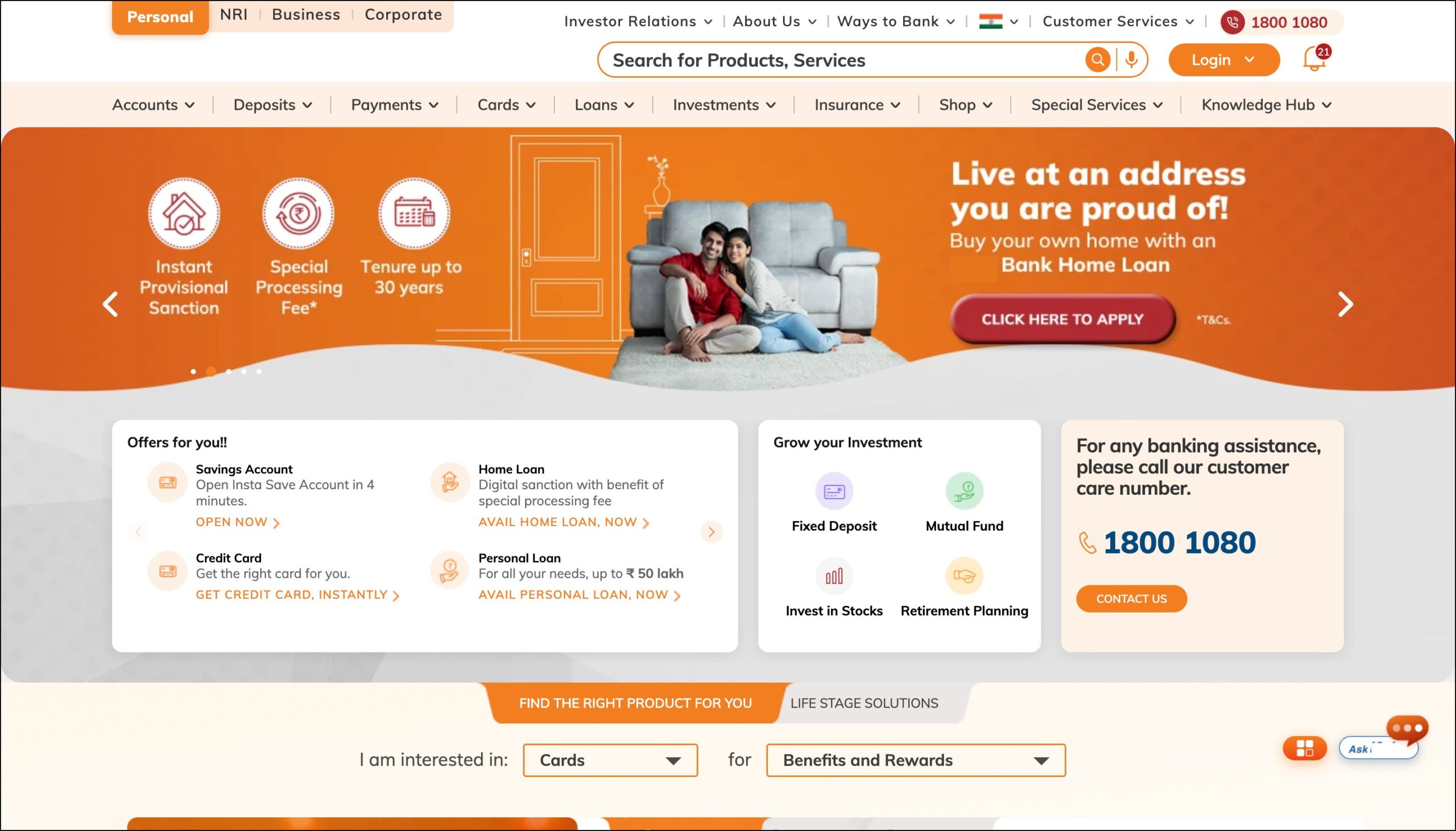 Nowhere could she find “Net Banking” among all the terms at first glance. All that was visible to her was the overused brand colours and tiny letters all over the website. Maybe if this Miss Newly-Minted Adult had scrolled through the website a little bit or searched for what she was looking for, she could have found it, but clearly, poor Miss Fresh Adult was too overwhelmed by the noise of the colours and lack of direction and stuck to UPI through GPay. How do I know? Well, Miss Fresh Adult is me, and what played an important role in me choosing to use a UPI account with GPay over a certain bank’s Net Banking account was the experience these products offered.
Nowhere could she find “Net Banking” among all the terms at first glance. All that was visible to her was the overused brand colours and tiny letters all over the website. Maybe if this Miss Newly-Minted Adult had scrolled through the website a little bit or searched for what she was looking for, she could have found it, but clearly, poor Miss Fresh Adult was too overwhelmed by the noise of the colours and lack of direction and stuck to UPI through GPay. How do I know? Well, Miss Fresh Adult is me, and what played an important role in me choosing to use a UPI account with GPay over a certain bank’s Net Banking account was the experience these products offered.
Why UX Writing is Important
Most would agree that design elevates user experience (UX). I don’t disagree, but the design isn’t quite functional without the text to guide. Consider the following example of a text-less product page on a popular e-commerce site.
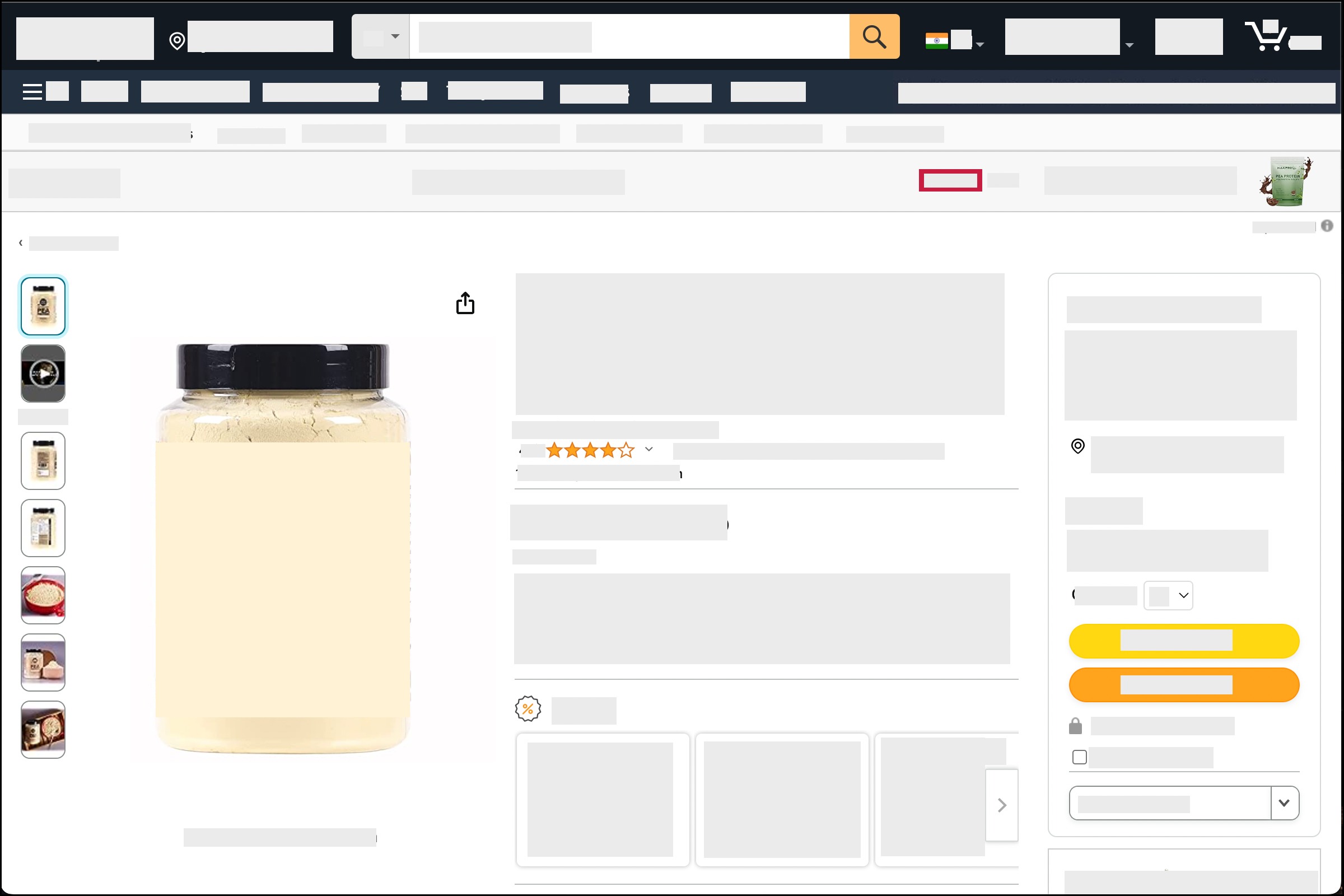
UX writing is just as important a factor as the design. A UX writer writes copies and ensures the design is user-friendly. In the simplest terms, UX writing along with design is meant to create user experience.
First Things First – Know Your Audience
For us to create something another person enjoys using, we have to understand what they enjoy. For example, if you want to create an unforgettable experience for someone on their birthday, you have to start by getting to know them:
- Favourite cuisines
- Preferred clothing
- Enjoyed activities
To choose the perfect gift, your answer must be as specific as possible.
For instance, they enjoy wearing dresses; there’s a wide range available. Knowing the specifics means gifting them a sundress because that’s what they like the most, and it’s bound to make them happy!
Similarly, when curating someone’s digital experience with your product, you first get to know them. User research is the process of getting to know someone (or a group of people) to create an experience for them.
The purpose of user research is to understand who your users are, how they interact with your website/app, what their expectations are from your product, what kind of a journey they prefer, and how their behaviour, i.e. actions, reactions or interaction with your product. Users are the Kings; making their experience smooth and delightful is our job. The user experience widely depends on the user interface, aka UI, the device we’re interacting with; hence, the design and writing must be in accordance. Some rules apply universally. Let’s take a look!
Accessibility is Everything: It goes without saying that all your effort into your product/page is useless if it is not available for consumption. An inclusive digital piece isn’t just about visuals. As a UX writer, you must ensure that everyone, from a digital novice to a pro, regardless of ability, can navigate and comprehend the digital landscape of your offering. Being accessible in UX writing translates to:
- Use as little technical jargon as possible
- Avoid slang
- Create interactive content
- Maintain consistent navigation
- Provide Keyboard support
- Provide Captions/ Transcripts / Alternative text for your audio & videos
- Pick a visible font in style and size
Google, in my opinion, has revolutionised the definition of accessibility. You type in and enter, provide voice commands or use Google Lens, and it will find; it’s that simple! Read more about accessibility.
 Concise Content for Convenience: Users often visit digital platforms with specific goals. Concise UX writing helps them accomplish tasks more efficiently by providing information without unnecessary filler. Understanding the user’s perspective is important. Empathetic UX writing anticipates user needs, addressing concerns before they arise. Some pointers to keep the copy concise:
Concise Content for Convenience: Users often visit digital platforms with specific goals. Concise UX writing helps them accomplish tasks more efficiently by providing information without unnecessary filler. Understanding the user’s perspective is important. Empathetic UX writing anticipates user needs, addressing concerns before they arise. Some pointers to keep the copy concise:
- Eliminate repetitive words or phrases that don’t add value to the message.
- Focus on providing the essential information needed for the user to understand and complete a task; Avoid unnecessary details.
- Choose words carefully to convey the intended message without ambiguity.
- Place the most critical information first to quickly capture the user’s attention.
- Pair concise writing with relevant visuals to enhance understanding.
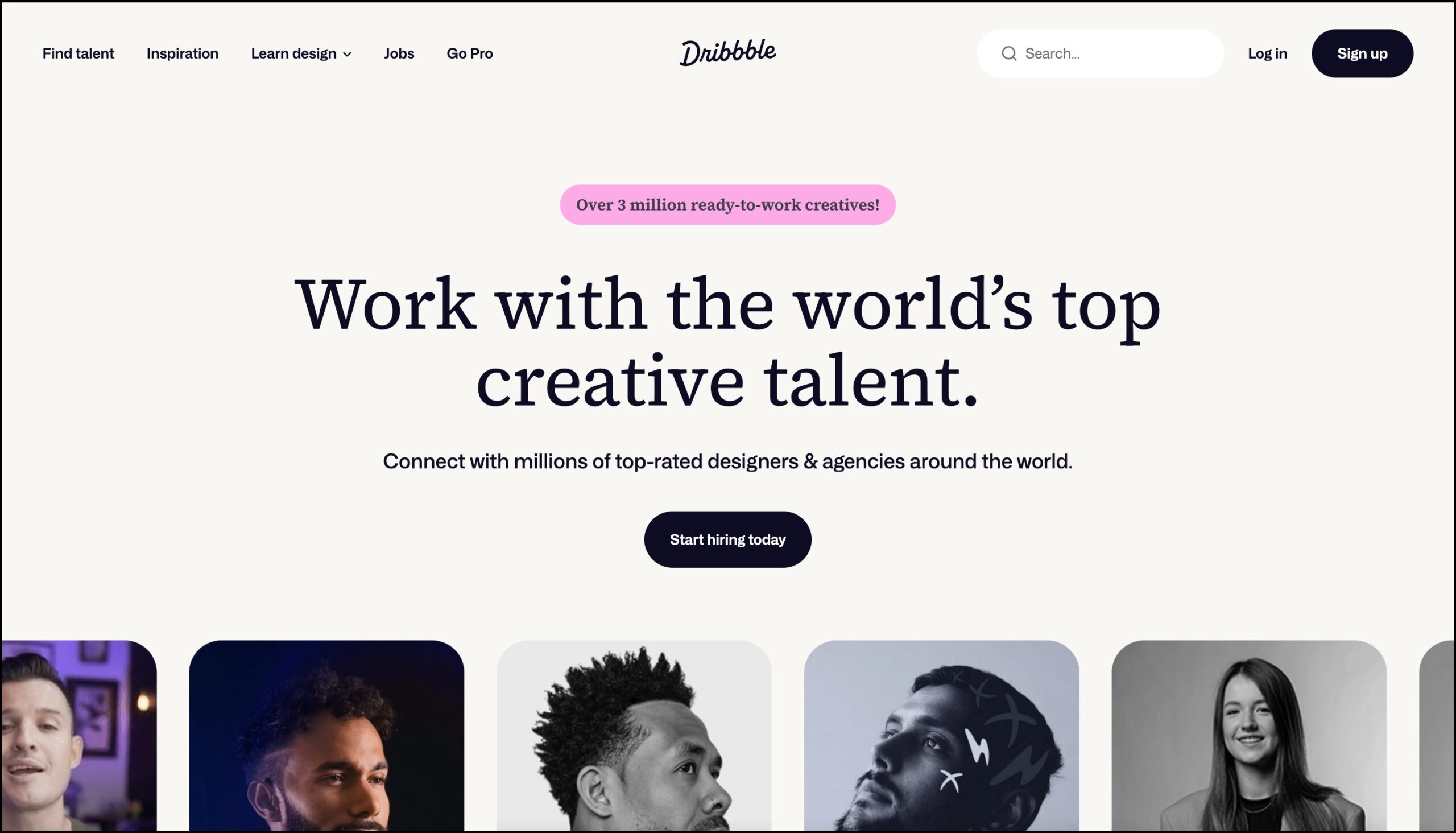 Usefulness is paramount: Each element on the page must contribute to enhancing the task efficiency. If your words do not add value to an action or provide context, they need not be there. If a microcopy can do it, let the microcopy do it! Help your users by reducing their cognitive load. This also means:
Usefulness is paramount: Each element on the page must contribute to enhancing the task efficiency. If your words do not add value to an action or provide context, they need not be there. If a microcopy can do it, let the microcopy do it! Help your users by reducing their cognitive load. This also means:
- Use form fields.
- Provide clear CTAs with action-oriented button labels.
- Provide error messages with solutions.
- Use descriptive anchor text.
- Provide tooltips wherever necessary.
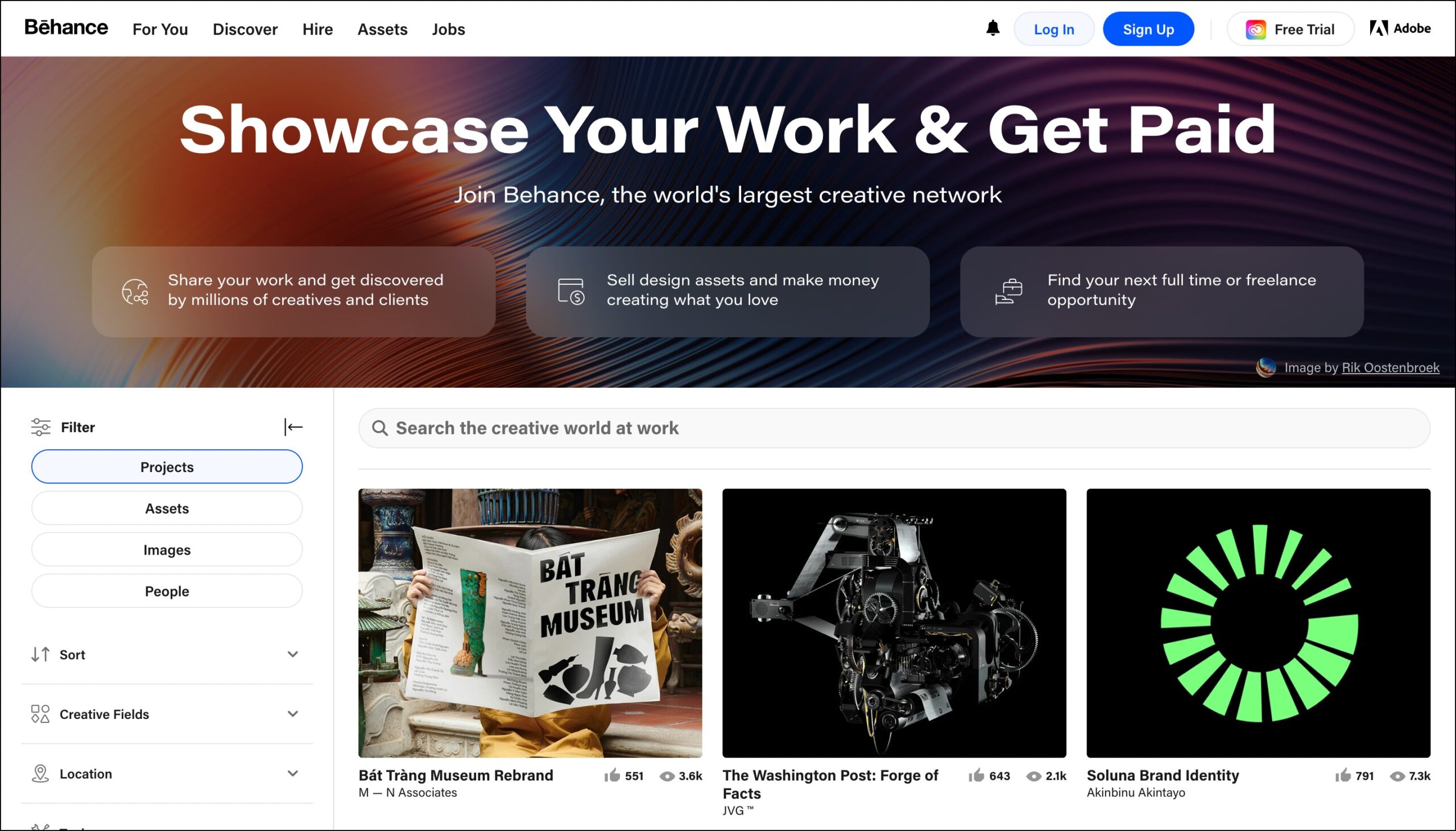 Clarity is Key: UX writing champions clarity. It’s about conveying information succinctly and ensuring users understand what action to take without a second thought. The design would be no good if there were too much text everywhere. Your whitespace, number of ads, branding colours, drop-downs, load time, image resolution, etc., are all a part of the experience. The more clarity provided, the more visibility you gain. Things to bear in mind:
Clarity is Key: UX writing champions clarity. It’s about conveying information succinctly and ensuring users understand what action to take without a second thought. The design would be no good if there were too much text everywhere. Your whitespace, number of ads, branding colours, drop-downs, load time, image resolution, etc., are all a part of the experience. The more clarity provided, the more visibility you gain. Things to bear in mind:
- Stay relevant; Write from the user’s perspective.
- Maintain a consistent tone, style and terminology throughout the user interface, and voice your brand.
- Communicate the hierarchy of information. Keep it structured.
- Do not include too many visual elements; maintain the balance.
- Utilise the whitespaces to your advantage without making it look crowded.
- Conduct usability testing to ensure that users understand the information provided.
AirBnb provides you with stays anywhere in the world. They’re obviously good at it! Everything is communicated so efficiently right on your screen!
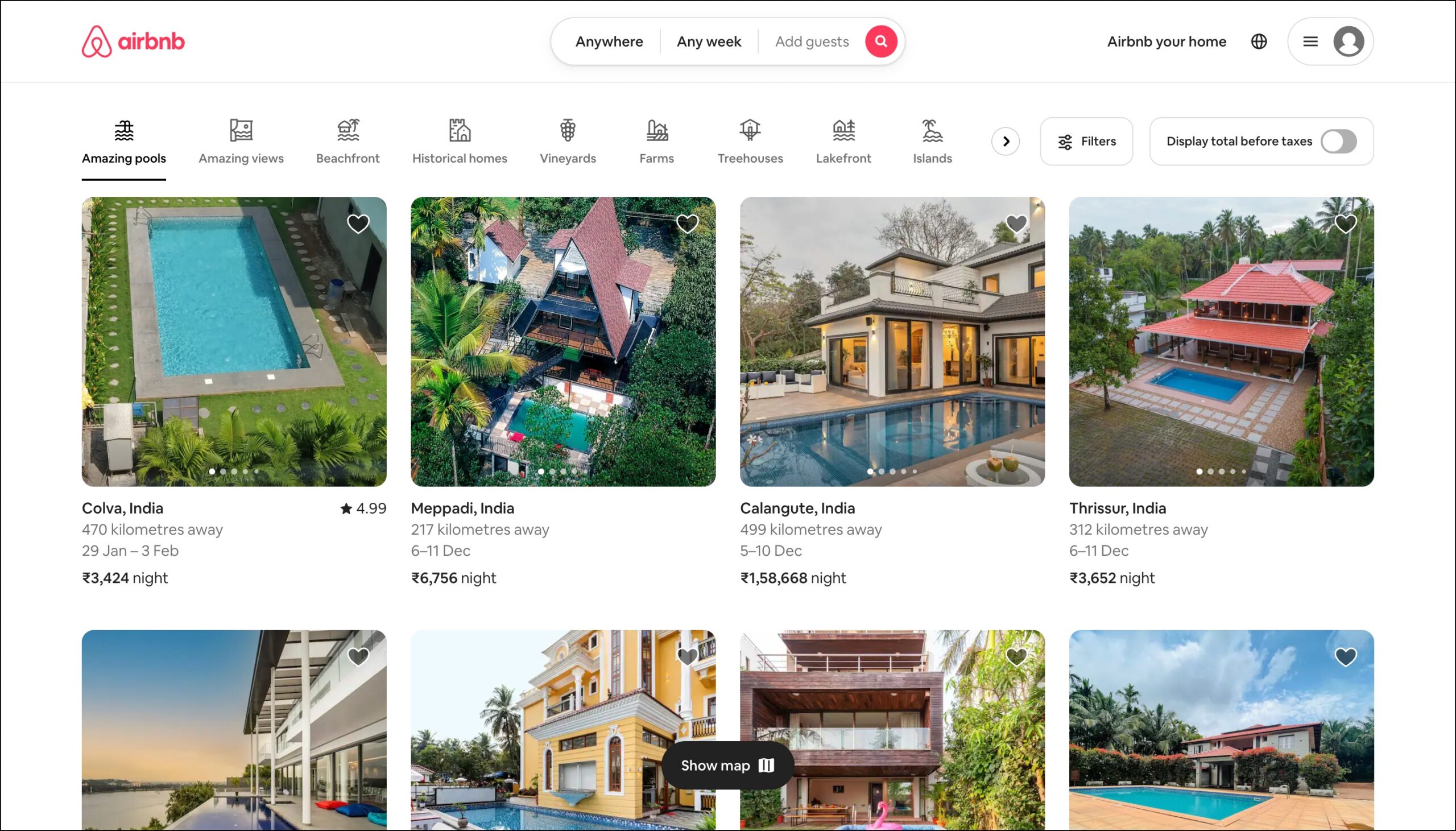 Attract for trust: The user experience you provide to your users via screens must aim to delight their eyes, and in anyway, not be a displeasure. It is the attractiveness of your page that eventually contributes to engagement and retention. It also contributes to brand loyalty and trust. Elements that facilitate attraction in UX writing:
Attract for trust: The user experience you provide to your users via screens must aim to delight their eyes, and in anyway, not be a displeasure. It is the attractiveness of your page that eventually contributes to engagement and retention. It also contributes to brand loyalty and trust. Elements that facilitate attraction in UX writing:
- Call-to-action buttons
- Intuitive and simple navigation/menu/drop-downs
- Readable brand colour schemes
- Subtle animations
- Callouts
Yelp is ridiculously good-looking for a review website, I’d say!
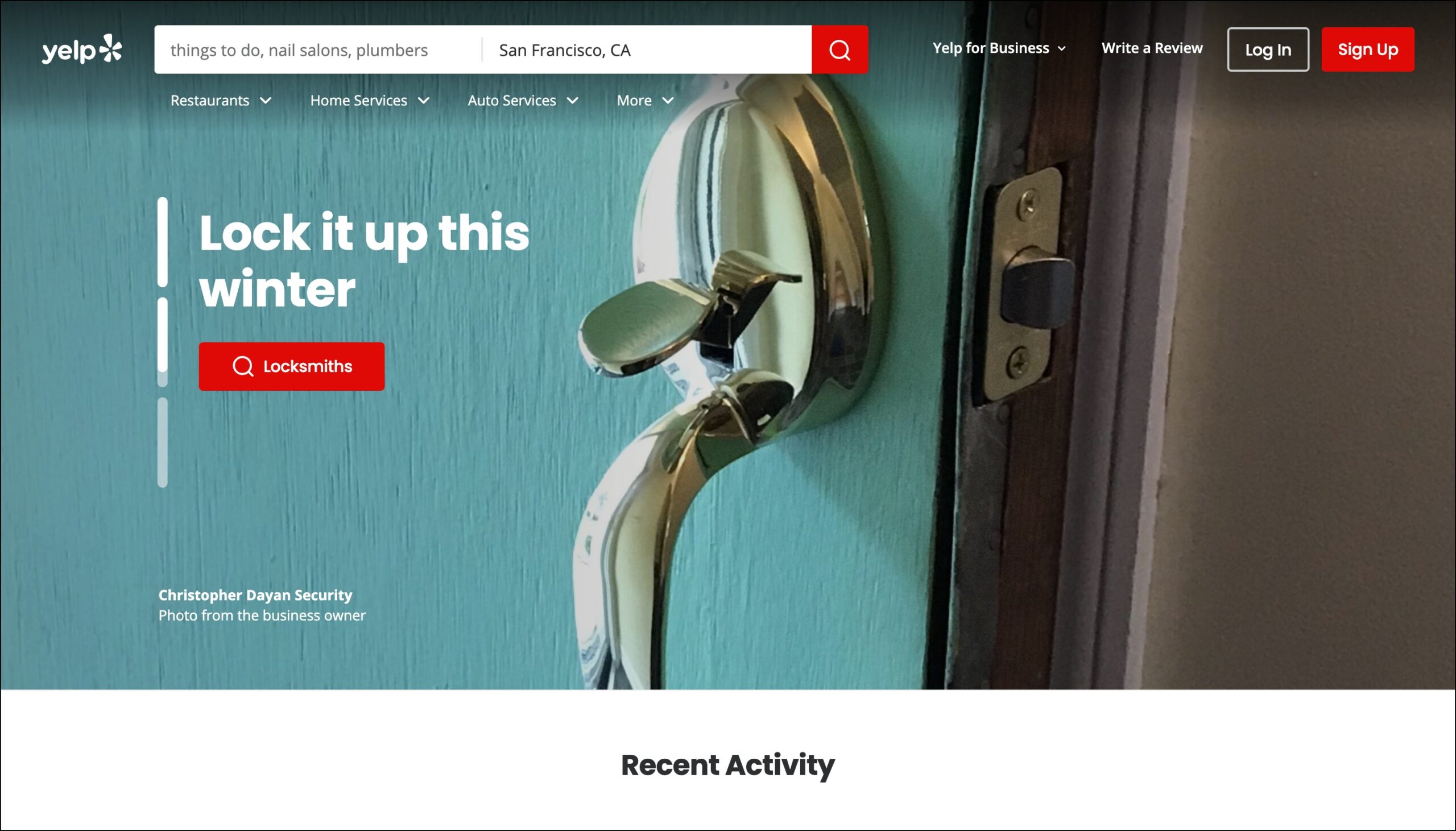 Conclusion
Conclusion
I like to remember this as “Always Choose Uniqueness, Create Appeal” or ACUCA. If you think your page is Accessible, Concise, Useful, Clear and Attractive, this is just where you start. These terms may be applicable differently to different products across the various industries since your target audience might differ. As mentioned before, User is King and there’s always going to be something for you to do to craft a gratifying experience for your King.
UX writing is not a one-size-fits-all endeavour. It involves a meticulous process, from research and strategy to implementation and iteration. In this ever-evolving discipline, arming yourself with the right tools and resources is indispensable. Style guides, collaboration platforms, and courses pave the way for continual growth and mastery. It is a continuous process. What was wao yesterday is stale today. Especially if you are writing to drive sales, you must reinvent your content to get users’ attention. If you are UX writing for an Enterprise product with every major update, polish your label names, error and success messages, and every interaction with your users to give them an updated, new feel. UX writing is for users. It starts with them and revolves around them, providing an awesome experience, every time!
References
https://realbigwords.com/bad-ux-writing-mistakes
https://marvelapp.com/blog/rules-of-effective-ux-writing/
https://blog.hubspot.com/website/what-is-ux-writing
https://uxcontent.com/what-is-ux-writing/
https://careerfoundry.com/en/blog/ux-design/ux-writing-what-does-a-ux-writer-actually-do/
https://www.springboard.com/blog/design/what-is-ux-writing/





